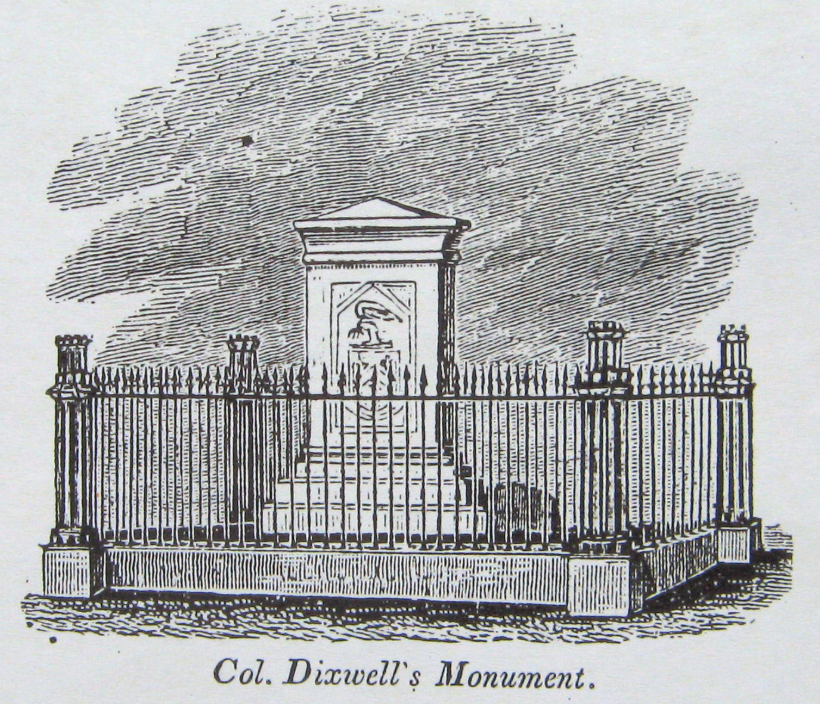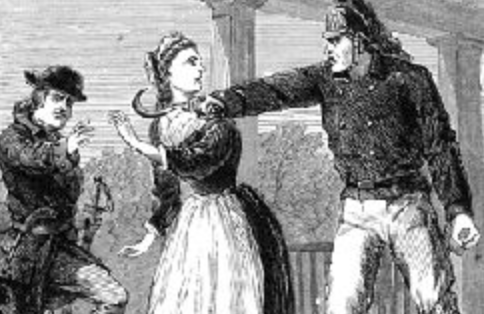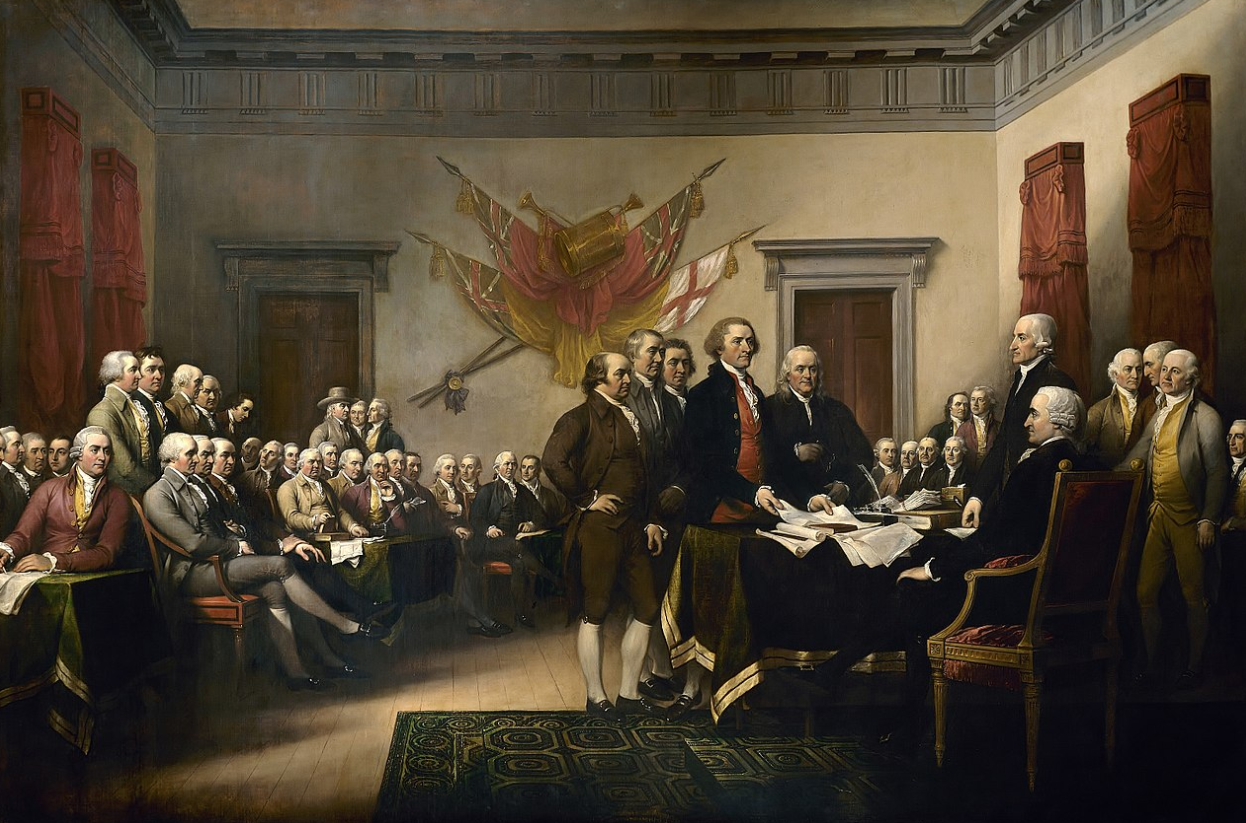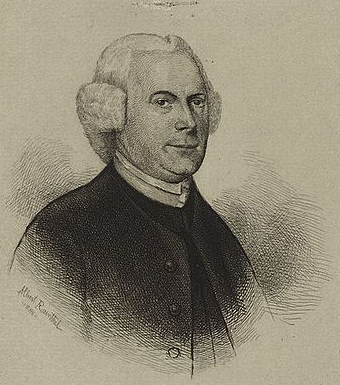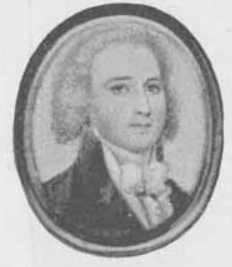Dixwell the Regicide's Grave - A Visit With Roger Sherman
While it may, at first glance, seem like a boring footnote in history, John Adams’ diary entry of August 17, 1774 if full of extremely interesting details.
Written while on his way from Massachusetts to Philadelphia to attend the First Continental Congress, Adams stopped for the night in New Haven, Connecticut.
Already a known Patriot in Boston, his stop in New Haven sheds an interesting light on the beginnings of John Adams’ growth into a national hero.
John Adams’ New Friend
John Adams arrived in New Haven to news that New York was prepared to send Delegates to the Continental Congress. This important colony was questionable in their patriotism but now had established itself toward the cause of liberty.
Adams was soon introduced to Roger Sherman, whom John described as ‘a solid sensible man.’
Already in his mid-50’s, Sherman was a self-made man who rose from being a simple shoemaker to one of the most respected men in Connecticut. Roger impressed John straight away by claiming that the Massachusetts Circular Letter, which was written by Samuel Adams expressing colonial rights, did not go far enough.
Roger Sherman’s Extremism
Sherman believed, at this early stage, that Parliament had ‘in no Case whatever’ the right to pass legislation on behalf of the colonies. This put him farther toward independence than most of his contemporaries.
The meeting of Adams and Sherman is extremely important, as the two would spend the next twenty years crafting the United States, including serving together on the Committee of Five which was charged with drafting the Declaration of Independence.
Touring the City
Sherman and several other men brought Adams on a tour of the town. Adams noted that there were ‘3 Congregational Meeting Houses and one Episcopal Church’ very close together.
This is noteworthy because 40 years later, Connecticut would have an internal struggle between these churches in an attempt to remove the State Church.
John was also brought to Yale, as the local leaders were excited to show a Harvard trained lawyer their impressive facilities. This was probably not so much a ‘look, we’re better than you’ moment as much as a ‘hey, this guy is travelling the colonies and maybe he’ll let people know how great our school is.’
Dixwell the Regicide
Perhaps most interestingly, Adams was brought to see the grave of ‘Dixwell the Regicide.’
John Dixwell was one of the men who, a hundred years earlier, had signed the death warrant of King Charles I during the English Civil War. A decade later, a new King was put on the throne and Dixwell, along with many others, fled Great Britain.
Dixwell moved to New Haven where he lived out the rest of his life, mostly under an assumed name.
This grave was most likely a curiosity to travelers, though the idea that a group of men who would soon throw off one King made a point to visit the grave of a man who threw off another.
Here are some other articles about the travels of Founders:
The First American Adventurer - Jon Ledyard
Thomas Rodney Journeys Down the Mississippi
Johnny Appleseed as an American Founder
Want to read a biography of Roger Sherman
‘Roger Sherman and the Creation of the American Republic’ is a great book about one of the most important (and most overlooked) Founders of the United States.
Pick up a copy through the Amazon affiliate link below (you’ll support this site, but don’t worry, Amazon pays me while your price stays the same) but be warned, it is very rare and therefore expensive.
Don’t miss tomorrow’s article!
Subscribe to my email list here.
If you wanted to support this site by becoming a Patreon Member you can do that here. Thanks for your support!
